Cardew | Shonibare | G.A.S
This exhibition celebrates creative links between rural England and West Africa. It explores the mid-century work of potter Michael Cardew, who founded a studio in Nigeria in 1951, and takes as its starting point a giant teapot made by him some years earlier.
Here, Magdalena Kaggwa of the Yinka Shonibare Foundation, brings this story of international connection up to date, sharing the story of Guest. Artists. Space. (G.A.S). This project, located in Lagos and Ijebu, Nigeria, is fostering a new generation of rural-urban creatives and building fresh pathways for artistic and cultural exchange.
In connection with its 70th anniversary celebration of 1951, The MERL is pleased to support this amazing scheme.
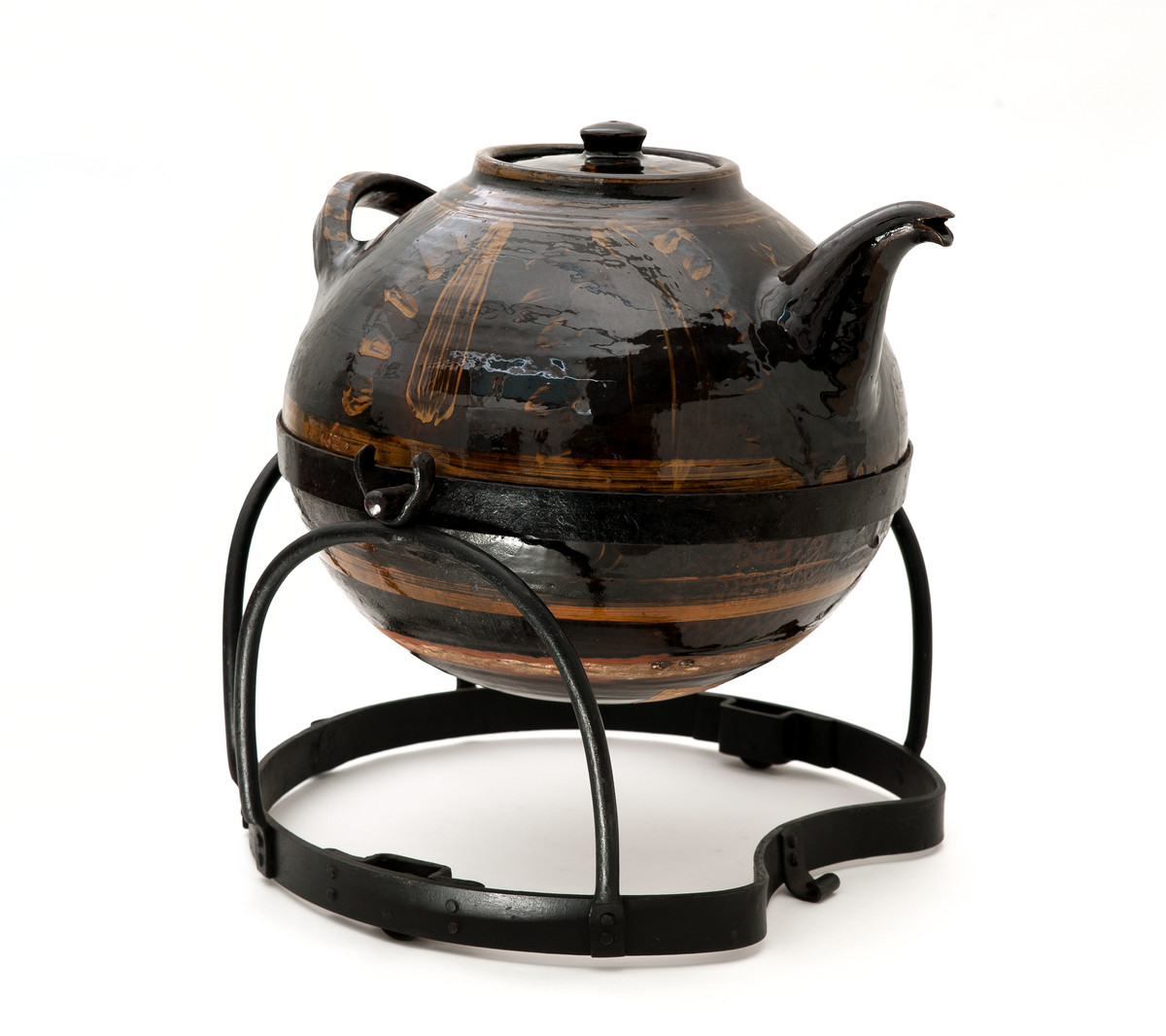
It begins with a teapot...
This enormous teapot was made by Michael Cardew and exhibited internationally by the British Council during the 1940s. It shows Cardew’s practice just prior to his establishment of a studio in Nigeria in 1951. One striking thing about the teapot is its ability to blend artistic craftsmanship with functionality, and with notions of communion and exchange. In spite of the British colonial history of tea, this teapot nevertheless links to a long history of people congregating around food. These elements converge to act as catalysts for discussion and creative collaboration.
MERL 60/638/1-3
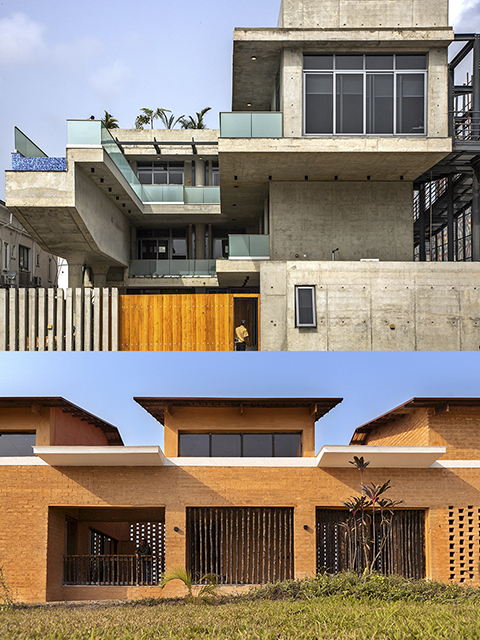
What is G.A.S. Foundation?
One initiative that has incorporated this ethos is the newly launched Guest. Artists. Space. (G.A.S.) Foundation located across Lagos and Ijebu, Nigeria. G.A.S. Foundation is an ambitious charity project, founded in 2019 by Yinka Shonibare CBE RA and a board of Directors, offering exciting opportunities for those in contemporary art, design, architecture, agriculture, and ecology by giving space and resources to research, experiment, share, educate, and develop work.
Images by Andrew Esiebo showing a street view of G.A.S. Lagos (top) and G.A.S. Ijebu (bottom).
Image © G.A.S. Foundation and Andrew Esiebo
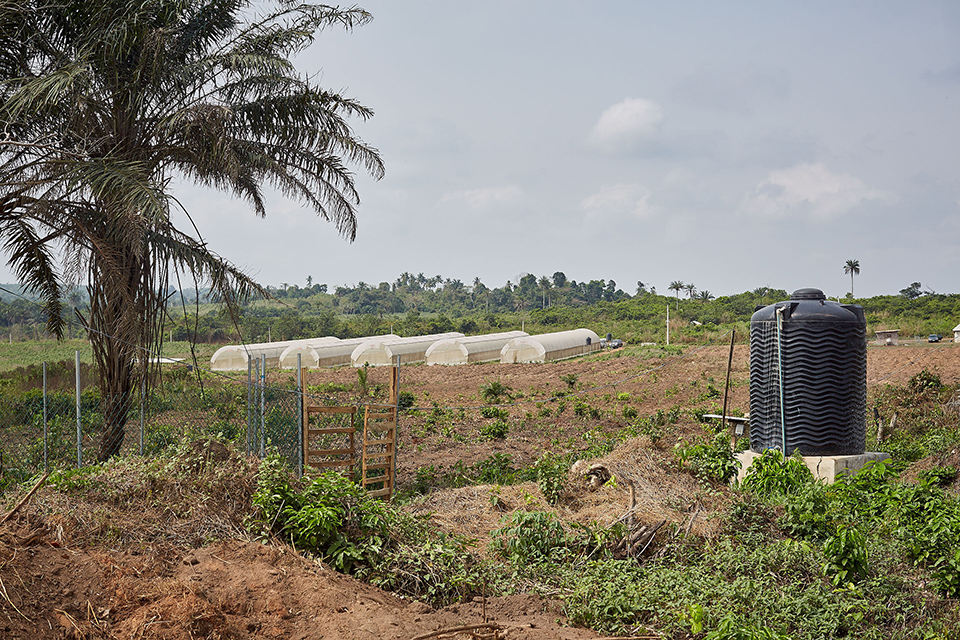
Ecology Green Farm
In Ijebu, visiting residents are hosted in the G.A.S. Farm House. This spacious building nestles on the lush 54-acre Ecology Green Farm, located approx 300 miles east of the pottery studio set up by Michael Cardew in Suleja, Nigeria (formerly Abuja), in 1951. Much like Cardew’s Nigerian studio, cultural exchange and the foregrounding of local craft traditions form an integral part of the Foundation’s aspirations for the site.
Image of fields with growing crops and greenhouses on the Ecology Green Farm.
Image © G.A.S. Foundation
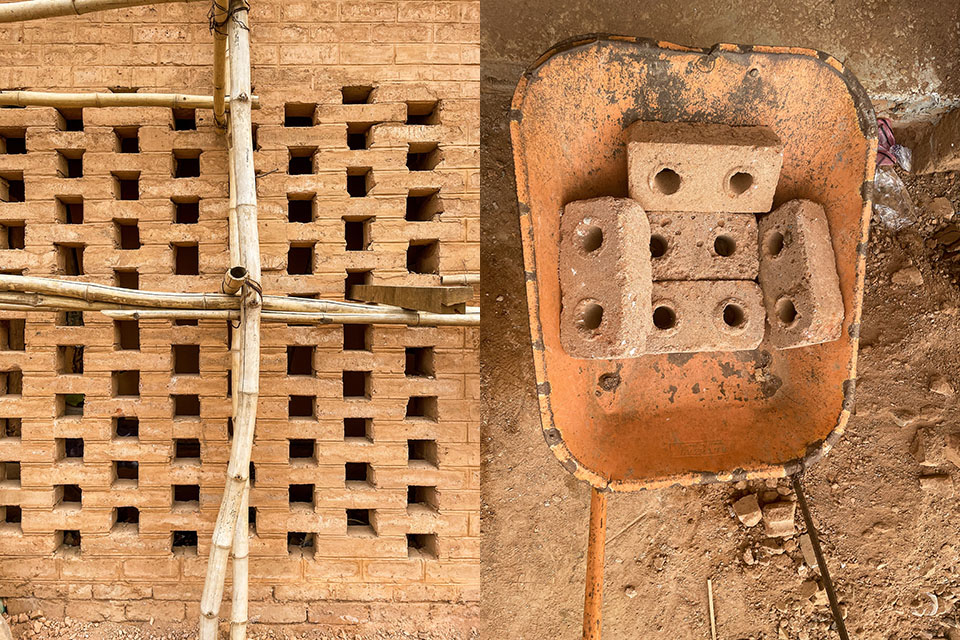
The Farm House
The G.A.S. Farm House in Ijebu, designed by Nigerian architect Papa Omotayo, is supported by sensitive interior design delivered by Temitayo Shonibare. Strategically positioned on the highest point of Ecology Green Farm it offers uninterrupted views of abundant greenery and vegetation. The Farm House has remained true to a guiding ethos of ‘sustainability first’, using local construction materials. This includes 40,000 bricks made using soil dug from the foundations and furniture, 90% of which is locally made.
Images showing earth bricks used to build G.A.S. Farm House.
Image © G.A.S. Foundation
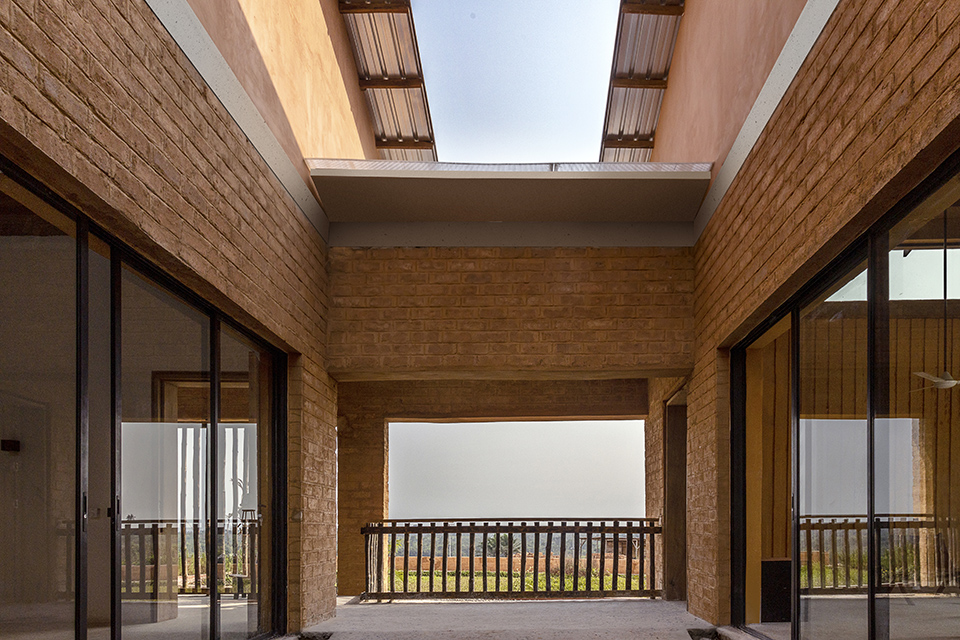
Courtyard Spaces
At the Farm House, the artist’s living quarters are flanked by a pair of courtyards whose inclusion takes inspiration from traditional Yoruba architecture. Historically, homes in the region were built using natural materials such as earth and wood and arranged in a rectangular formation around a central courtyard. This multifunctional space served as an arena for work, discussion, celebration, and eating. This shared space echoes the kind of settings where Cardew’s giant teapot—designed for large gatherings at country houses—might have been put to good use.
Image of one of the courtyards inside the G.A.S. Ijebu building by Andrew Esiebo.
Image © G.A.S. Foundation and Andrew Esiebo
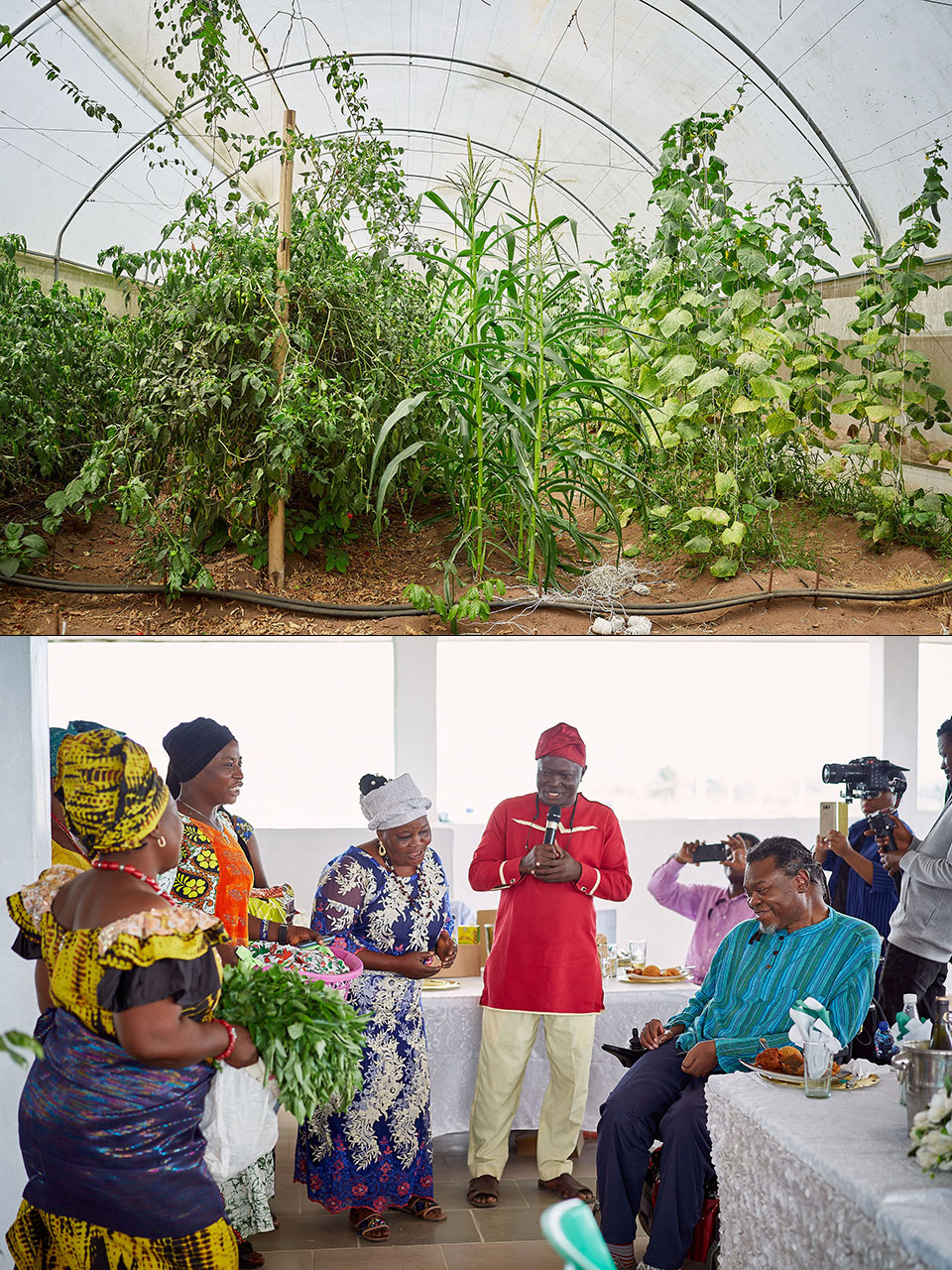
Crops and animals
The expansive 54-acre Ecology Green Farm produces crops ranging from cassava and cashew to peppers and maize. It is also home to a range of animals including chickens, goats, catfish, peacocks, and even a talking African Grey parrot. The project is layered, not only providing residency space for artists, scientists, agronomists, agroecologists, and researchers but also food security for the local community. Produce from the farm featured heavily in dishes served during a vibrant programme of events hosted to launch G.A.S. in Nigeria in February 2022.
Images of crops in a greenhouse and of a bountiful harvest presented to Yinka Shonibare CBE by farmworkers at the launch.
Image © G.A.S. Foundation
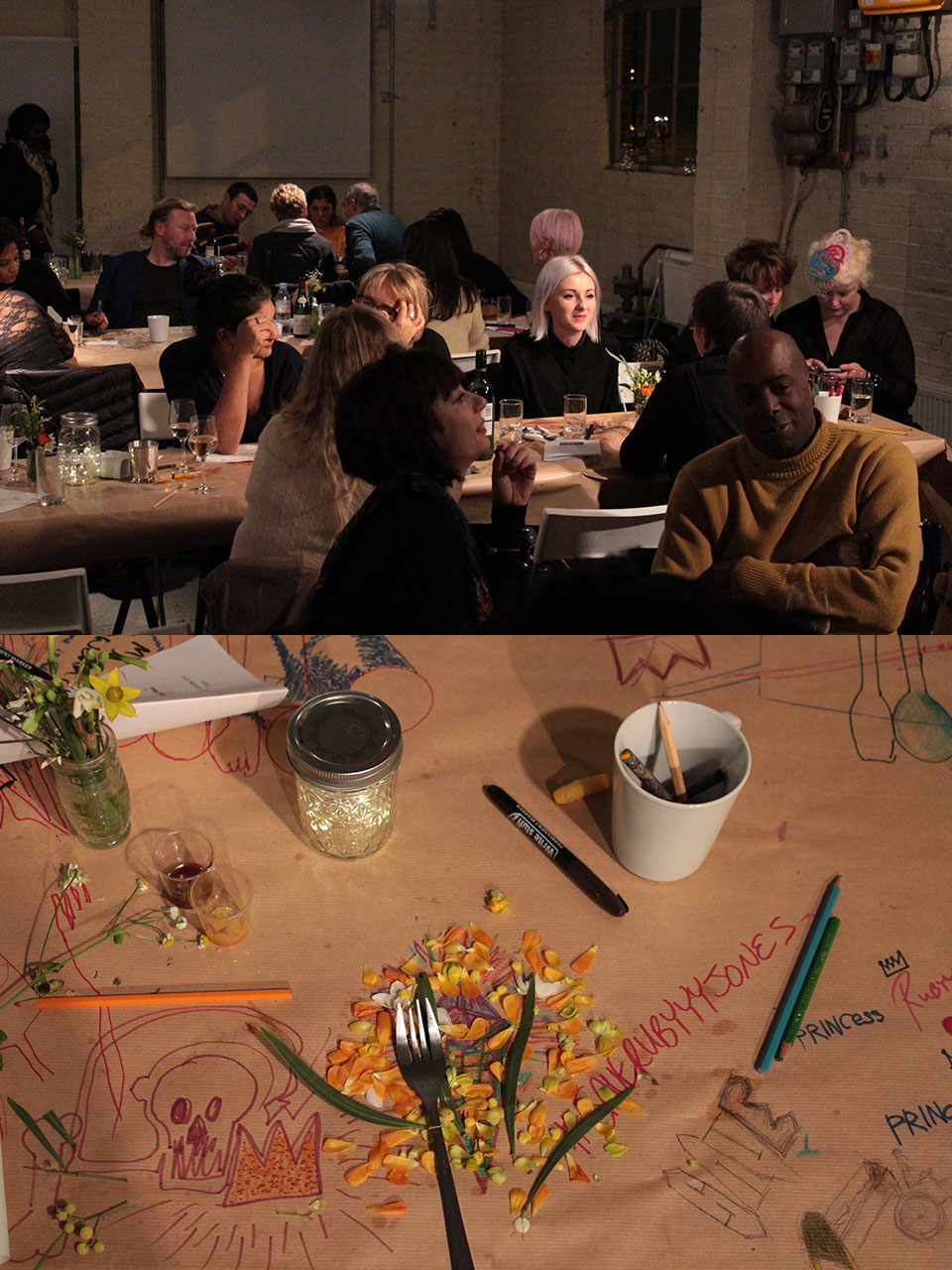
Art and Food
It is not the first time Shonibare has sought to mesh his artistic and philanthropic endeavours with food. From 2016 to 2020, in London’s East End artistic hub, his Guest Projects space provided a setting for creative thinkers to socialise around food. The Artist Dining Room served as a supper club where creative minds could engage with the ideas of well-known artists through food. A guest chef created a tailormade menu for each dinner, exploring the social and intellectual content of an artist’s practice and reflecting their work through the courses of a meal. A guest host was invited to lead each evening through discussion and performance echoing the themes of the dinner.
Images from a Jean-Michel Basquiat-themed Artist Dining Room, 31st January 2015.
Image © Guest Projects
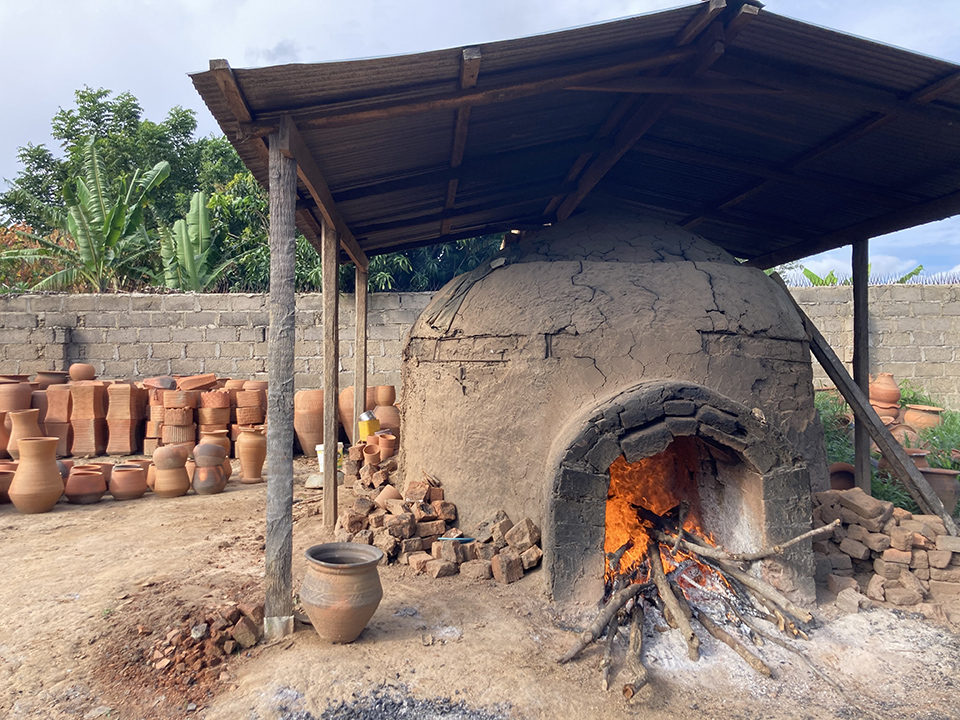
Celebrating Nigerian Craft
Back in Ijebu, G.A.S. is gearing up for an exciting new chapter. Attention has turned to the development of four workshops dedicated to local craft practices. In the hope of extending Nigeria’s rich ceramic heritage, one of these will be a pottery studio. This work is inspired in part by similar residency opportunities on the continent, which are also rooted in celebrating geographically and culturally significant techniques. For example, Vume pottery village in neighbouring Ghana is known for its rich heritage in handcrafted ceramics.
Image of a kiln at Julius Atali’s workshop in Vume, Volta region, Ghana.
Image courtesy of Freya Edwards
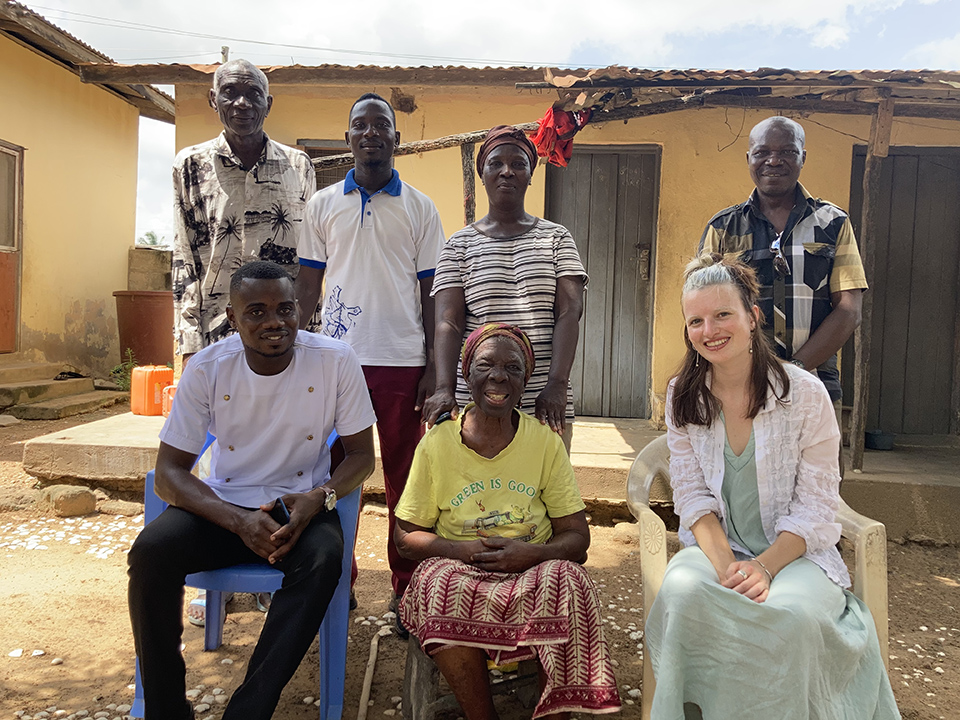
Cardew in Vume
The village of Vume attracted Cardew who relocated there in 1945, eventually setting up his own pottery. At the time, the craft was practised almost exclusively by women, who would pass down techniques over generations. During the three years he spent in Vume, Cardew was able to acquire skills and knowledge, such as where to source the best clay, from the female potters such as Madame Dosia (pictured) who later worked briefly as his assistant.
Image of community leaders in Vume with (front row, left to right) Joseph Tetteh, Madam Dosia, and Freya Edwards.
Image courtesy of Freya Edwards
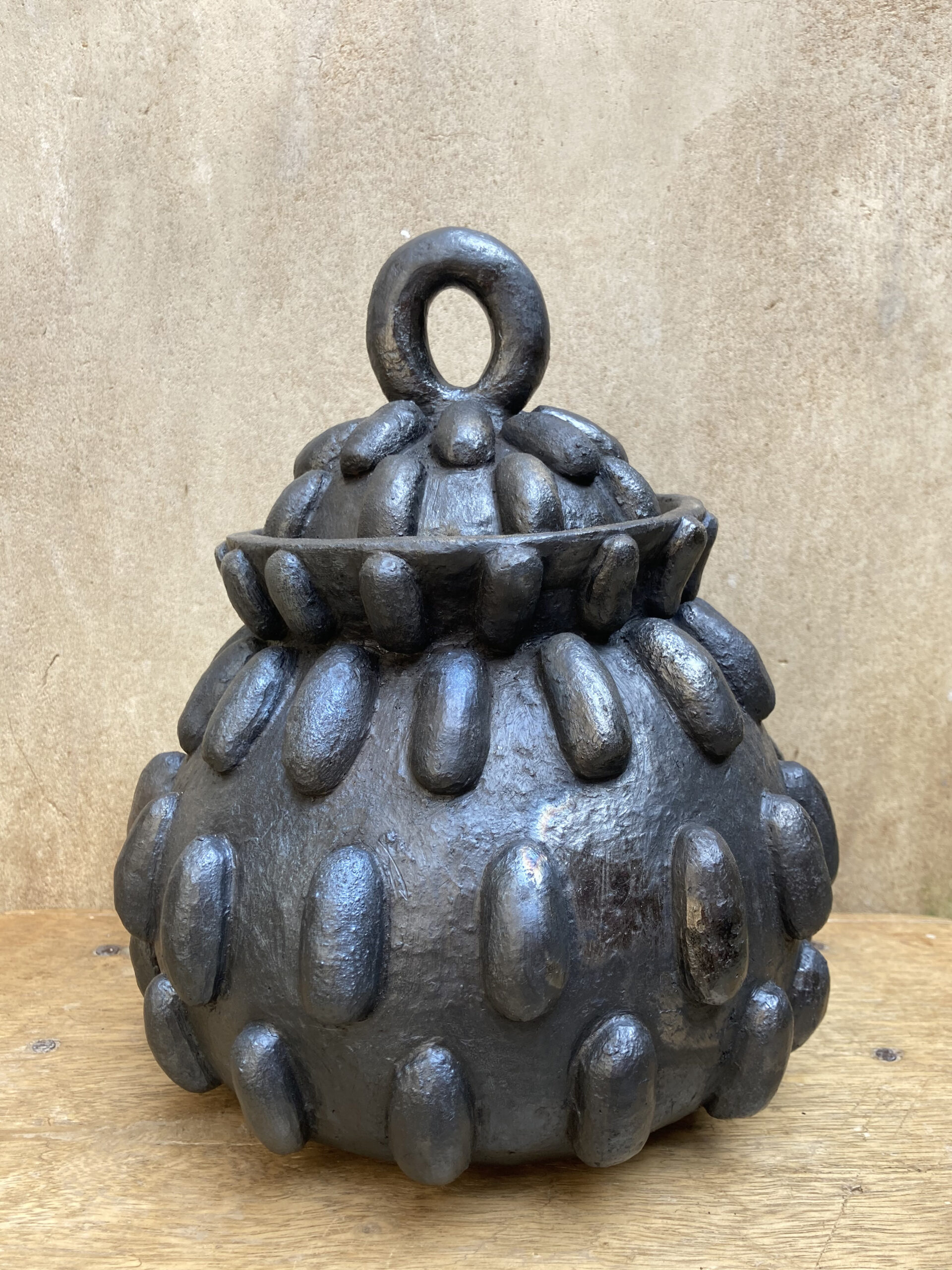
Freya Edwards in Vume
Vume’s legacy as a culturally significant centre for ceramics continues to draw visitors from around the world. In 2021, artist and Shonibare Studio fabricator Freya Edwards spent several months completing a residency there. She was able to learn about traditional hand-building and firing techniques used in the Volta region from several of Vume’s prolific artisans including Phidelia Kumashie, renowned for being one of the most innovative potters in the village.
Image of a clay pot made by Freya Edwards during her Vume residency.
Courtesy of Freya Edwards
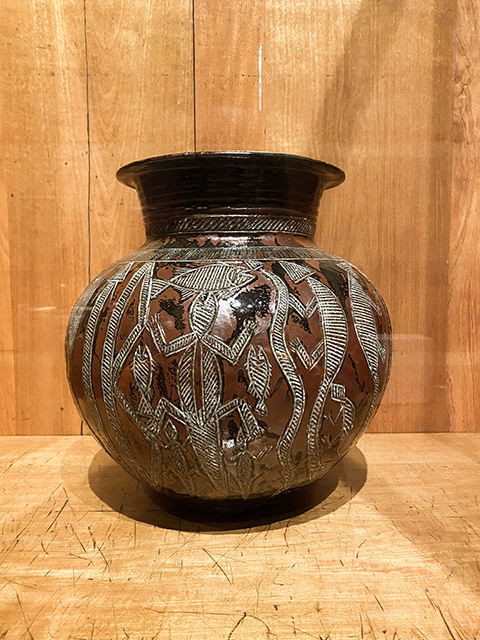
Cardew and Ladi Kwali
Following his time in Ghana, Cardew returned to the UK before travelling back to West Africa in 1951. This time, he settled in Suleja (formerly Abuja), Nigeria, where he set up and ran the Pottery Training Centre. This followed his appointment as Pottery Officer in the Department of Commerce and Industry by the colonial government of Nigeria. It is here that he was introduced to the work of seminal Nigerian potter Ladi Kwali. Her work was already celebrated and collected throughout the region and she later became the first female trainee at the Pottery Training Centre. Her impeccable craftsmanship and ability to blend indigenous Nigerian techniques with British Studio Pottery gained her international acclaim and sparked renewed interest in the industry. Her work continues to inspire to this day.
Image of Ladi Kwali’s ‘Jar’ (1965) on show in Body Vessel Clay at Two Temple Place, London.
Ladi Kwali, Jar (1965)
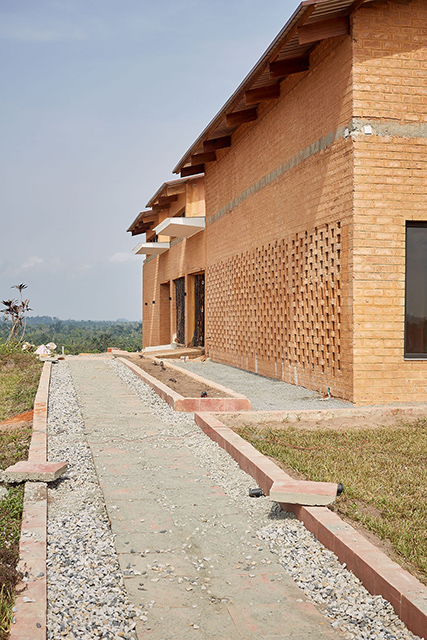
A home for cultural exchange
During her time with Cardew, Kwali’s work moved from being largely functional to being increasingly decorative. Decolonial explorations of the legacy of the Pottery Training Centre have interpreted this shift as emblematic of the complexities that can arise from such cultural exchange schemes. In contrast, G.A.S. seeks to be rooted in its location, in both concept and delivery and committed to promoting mutual understanding of cultural differences. It seeks to foster respect, knowledge, and debate, and to foreground local culture and communities in its work. The first G.A.S. residents arrived in Spring 2022. This moment marked an exciting new chapter in its journey to making a positive contribution within the flourishing creative ecosystem of Nigeria.
For more information, including details about how to get involved in G.A.S. or make a donation visit guestartistsspace.com.
Image of the G.A.S. Farm House
Image © G.A.S. Foundation